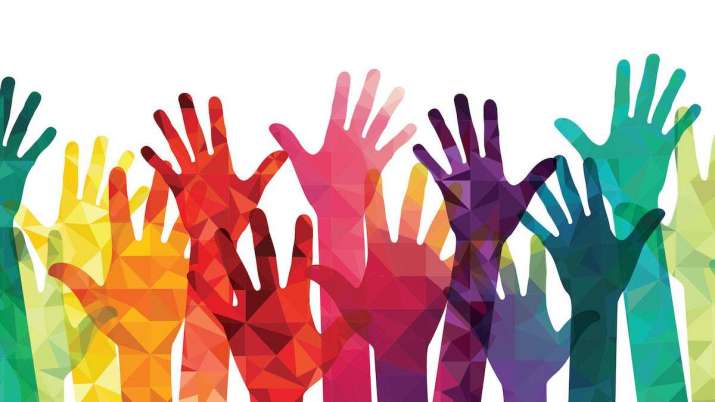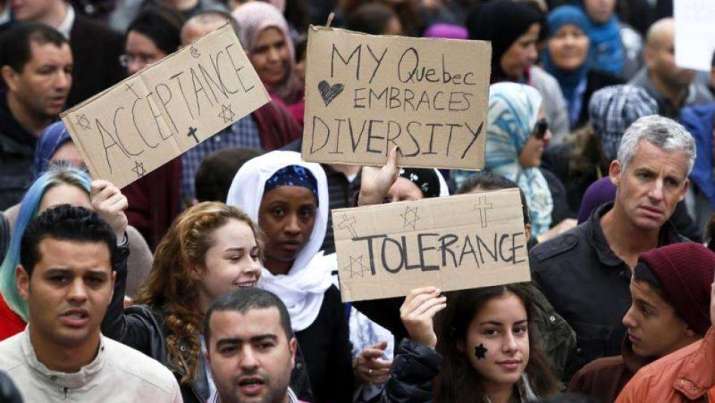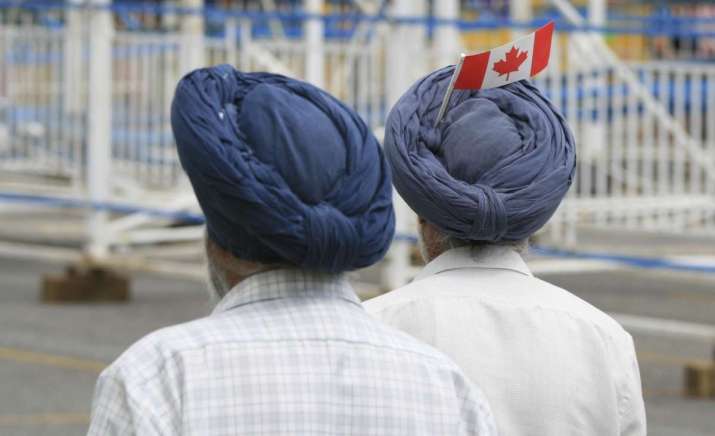FEATURES|COLUMNS|Academic Reflections
Shaved Heads, Hijabs, and Turbans: The Quest for Sameness in a Multicultural World
 From pinterest.com
From pinterest.comA few years ago, the Canadian province of Quebec voted to oust the Liberal Party. They had been in power for nine years and the party had lost its edge. Voters wanted to send a message. One of our sovereignty parties took office with a minority government in the hope (so far as it seemed at least) of teaching the Liberals a lesson.
I wasn’t worried at first. Quebec has a long history of nationalism and identity politics, but I understand where much of it comes from. It is the only French province in Canada (in North America, in fact) and it carries its unique culture with well-deserved pride. Quebec has French flair, a différence, and a lot less prudishness than its Anglo counterparts (to put it mildly). Our French culture is wonderfully flamboyant, passionate, and engaged.
But it is also nationalistic and with that comes a familiar price. When the Quebec sovereignty party—Le Parti Québécois—was elected, everything changed. Our flamboyancy turned to anger and our passion had us drawing lines in the sand. Soon enough, the party was issuing statements that it wanted to ban head coverings for public officials (doctors, lawyers, teachers, and so on). A few months after that, an image was released that outlined the limits of “ostentatious” religious paraphernalia: finger rings and small earrings would be permitted, but anything larger would be forbidden—in particular, kippahs, turbans, and hijabs.
Quebec politics became divisive and every family dinner steered its way down these well-worn roads. People were arguing, religious communities were frightened, fights were breaking out in public. A man grabbed a woman by the hijab in a shopping mall and tried to rip it off. Thankfully (the blessing of a minority government), a new election was called and Le Parti Québécois was ousted. They lasted just 18 months.
The Liberals were returned to power, but they did not learn from their mistakes and offended the voting public with their disconnect from reality all over again (positing, for example, that citizens should be able to feed a family on C$75 (US$58) per week, which did not go over well). They didn’t listen to the people, and—just a week ago at the time of writing—were kicked out by the passionate and engaged community that we are. And, like last time, we voted for a nationalist party to take its place (not the same one, but similar). The first order of business literally the day after they declared victory? To summon the notwithstanding clause to subvert the Charter of Rights and Freedoms to be able to ban religious head coverings all over again.
Samsara . . .
 From hrw.org
From hrw.orgIn all the mess that appears to be repeating itself, there is one detail that remains fascinating to me: both the voters and the politicians have understood that if you want to undo diversity and outline nationalist boundaries, the most efficient target is religious head coverings. Because what you wear on your head changes everything.
Throughout the religious world, the question of what one wears (or does not wear) on one’s head reflects who one is. It is how people identify themselves religiously. The head is the highest point of the body, the part we share with the sky and that reaches for the stars. In some communities, it is covered as an expression of humility. In others, it is uncovered to demonstrate communalism. In Buddhism, it is shaved to manifest separation from worldly life, but Hindu renunciants grow their hair into dreadlocks to say the same thing. Some Jain monastics will literally pluck individual hairs from their head.
How a person wears their hair and whether they cover it or not speaks volumes. The fact that secular culture permits almost any hairstyle at this point (colored, shaved, or even having the skull tattooed) is a statement too: a declaration that seculars are not bound by limitation—gendered, religious, or otherwise. Every one of us speaks to our society with our hairstyles, head coverings, or lack thereof. When a nationalist party declares that it will prohibit one kind of headwear over others, it is staking its claim in the conversation. It is a policy based on a conscious or unconscious understanding of how important head coverings (or uncoverings) really are.
The fact that our leaders do understand the importance of these decisions makes these policies all the more devastating. It means our politicians know exactly what they are doing. They are stripping communities of their choices and of their self-expression. They are choosing not to let some express humility. Or renunciation. Or communalism. By choosing how they get to dress their head.
Each time this debate resurfaces, I think of the monks and nuns I know in the Buddhist world. Buddhists are rarely targeted as religious fanatics in Western political discourse (this does happen elsewhere, but not in Quebec), but if these policymakers ever did take Buddhists seriously for a moment (which they obviously don’t), what would they say to them? Would our politicians stand over the monastic community until their hair grew in? Would they criminalize tweezers to keep them from Jains?
I understand where the argument comes from. We want to have unity in a what is otherwise an overwhelmingly globalized, diversified world. We want to be sure that Quebec values are not lost, that our public officials—the members of our community who have the authority to represent us (like our doctors, judges, and teachers)—express a unified vision, so that when we look at the judge in the courtroom, we don’t see a Muslim or a Jew or a Buddhist. We just see Quebec.
 From inroadsjournal.ca
From inroadsjournal.caBut Quebec is its Muslims and Jews and Buddhists. Or at least, it could be if we could make room for them (for us). We could still be expressing Quebec-ness with authority figures who wear hijabs or sport a shaved head. If our authority figures can embody a female body as easily as a male one (a point we fought hard to realize), why can’t we accept some difference here too?
I don’t mean to simplify these issues, but alarm bells are ringing. History has been down this road before. We have tried to make a diverse community unified (communist China immediately comes to mind) just as we have tried to strip outsiders of their differences. We have forced monks to disrobe (Tibet) and Muslims to shave their beards (Turkey). We have tried repeatedly to make our communities ring with one voice and it never works. To put it simply, I don’t feel comfortable with a political body that wants to subvert our Charter of Rights and Freedoms to force everyone to look the same.
Samsara is threatening. We might want to pay attention.
Related features from Buddhistdoor Global
Difficult Conversations: Mushim Patricia Ikeda
The Many Buddhas of Malaysia
The North American Buddhist Alliance: Seeking Togetherness in Diversity
“Hyphenated-American”
Related news from Buddhistdoor Global
Tears and Unity at Multi-faith Vigil for Victims of London Terror Attack
Northern Michigan University Hosts 12th UNITED Conference on Diversity
Buddhists Lend Support as Thousands Celebrate LGBT Rights in Seoul














